How to Be Well Read
Part 1 of 3:
Reading the Classics
-
 Read the classics before 1600. Reading the classics is the very first thing you have to do to be well-read. If you want to build a solid foundation for your understanding of the books you read, then you can't avoid some of the earliest plays, poems, and oral tales ever written down. Remember that the novel didn't really get popular until the 18th century, so you won't find novels on this list. Without reading the poetry of Homer or the plays of Sophocles, you won't be able to call yourself well-read. Here's a list to get you started:
Read the classics before 1600. Reading the classics is the very first thing you have to do to be well-read. If you want to build a solid foundation for your understanding of the books you read, then you can't avoid some of the earliest plays, poems, and oral tales ever written down. Remember that the novel didn't really get popular until the 18th century, so you won't find novels on this list. Without reading the poetry of Homer or the plays of Sophocles, you won't be able to call yourself well-read. Here's a list to get you started:- The Epic of Gilgamesh (Unknown author) (18th – 17th century BCE)
- The Iliad and The Odyssey by Homer (850–750 BCE, 8th century BCE)
- "The Oresteia" by Aeschylus (458 BCE)
- Oedipus the King by Sophocles (430 BCE)
- Medea by Euripides (431 BCE)
- Aeneid by Virgil (29–19 BCE)
- One Thousand and One Nights (Unknown author) (700–1500)
- Beowulf (Unknown author) (975-1025)
- The Tale of Genji by Murasaki Shikibu (11th century)
- The Divine Comedy by Dante (1265–1321)
- The Decameron by Boccaccio (1349–53)
- The Canterbury Tales by Chaucer (14th century)
- "The Mahabharata" by Vyasa
-
 Read the classics from 1600-1913. Though a large amount of material is covered in these measly 300 years, reading the books from the time period when the novel emerged until the beginning of World War I will give you a sense of the progress that the novel and other works had made throughout the Romantic and Victorian periods, as well as an understanding of the realism that was the traditional mode for novels which was then turned on its head with the advent of Modernism and the disillusionment that came from WWI. Here's a list to get you started:
Read the classics from 1600-1913. Though a large amount of material is covered in these measly 300 years, reading the books from the time period when the novel emerged until the beginning of World War I will give you a sense of the progress that the novel and other works had made throughout the Romantic and Victorian periods, as well as an understanding of the realism that was the traditional mode for novels which was then turned on its head with the advent of Modernism and the disillusionment that came from WWI. Here's a list to get you started:- Don Quixote by Cervantes 1605 (part 1), 1615 (part 2)
- "Taming of the Shrew," Romeo and Juliet, "A Midsummer Night's Dream," "The Merchant of Venice," "Much Ado About Nothing," "As You Like It," "Julius Caesar," Hamlet, "Othello," "King Lear," and "Macbeth" by William Shakespeare (1593, 1594, 1595, 1596, 1598, 1599, 1599, 1600, 1604, 1605, 1605)
- Gulliver's Travels by Jonathan Swift (1726)
- Pride and Prejudice by Jane Austen (1813)
- Faust by Johann Wolfgang von Goethe (1832)
- Le Père Goriot by Honoré de Balzac (1835)
- Dead Souls by Nikolai Gogol (1842)
- Wuthering Heights by Emily Brontë (1847)
- Moby-Dick by Herman Melville (1851)
- Madame Bovary by Gustave Flaubert (1856)
- Great Expectations by Charles Dickens (1861)
- War and Peace and Anna Karenina by Leo Tolstoy (1869, 1877)
- Heart of Darkness by Joseph Conrad (1899)
- Crime and Punishment and The Brothers Karamazov by Fyodor Dostoevsky (1866, 1880)
- Middlemarch by George Eliot (1871)
-
 Read the classics from 1914-1995. This time period spans the advent of Modernism, an experimental form of fiction, as well as a rebellion against traditional narratives. Reading the classics of this time period will help you gain an understanding of the dramatic transformation of literature in the 20th century. Here's a list to get you going:
Read the classics from 1914-1995. This time period spans the advent of Modernism, an experimental form of fiction, as well as a rebellion against traditional narratives. Reading the classics of this time period will help you gain an understanding of the dramatic transformation of literature in the 20th century. Here's a list to get you going:- In Search of Lost Time by Marcel Proust (1913–27)
- Ulysses by James Joyce (1922)
- The Magic Mountain by Thomas Mann (1924)
- The Great Gatsby by F. Scott Fitzgerald (1925)
- The Trial by Franz Kafka (1925)
- Mrs Dalloway and To the Lighthouse by Virginia Woolf (1925, 1927)
- The Sound and the Fury by William Faulkner (1929)
- The Stranger by Albert Camus (1942)
- The Fountainhead by Ayn Rand (1943)
- Nineteen Eighty-Four by George Orwell (1949)
- The Catcher in the Rye by J.D. Salinger (1951)
- Invisible Man by Ralph Ellison (1952)
- The Sun Also Rises and The Old Man and the Sea by Ernest Hemingway (1926, 1952)
- "The Lord of The Rings" by J.R.R. Tolkien (1954, 1955)
- Lolita by Vladimir Nabokov (1955)
- Pedro Páramo by Juan Rulfo (1955)
- Things Fall Apart by Chinua Achebe (1958)
- Rabbit, Run by John Updike (1960)
- To Kill a Mockingbird by Harper Lee (1960)
- The Golden Notebook by Doris Lessing (1962)
- The Bell Jar by Sylvia Plath (1963)
- One Hundred Years of Solitude by Gabriel García Márquez (1967)
- Slaughterhouse-Five by Kurt Vonnegut (1969)
-
 Read more contemporary classics from 1980 to the present. Though these books haven't stood the test of decades of time, there are still a number of contemporary novels that are so popular that it may feel like everyone has read them. In fact, reading these books may make you feel the most well-read because people will be talking about them the most. Here are some books to get you started:
Read more contemporary classics from 1980 to the present. Though these books haven't stood the test of decades of time, there are still a number of contemporary novels that are so popular that it may feel like everyone has read them. In fact, reading these books may make you feel the most well-read because people will be talking about them the most. Here are some books to get you started:- Midnight's Children by Salman Rushdie (1981)
- The Handmaid's Tale by Margaret Atwood (1984)
- Beloved by Toni Morrison (1987)
- The Wind-Up Bird Chronicle by Haruki Murakami (1997)
- American Pastoral by Philip Roth (1997)
- The God of Small Things" by Arundhati Roy (1997)
- Disgrace by J. M. Coetzee (1999)
- White Teeth by Zadie Smith (2000)
- Atonement by Ian McEwan (2001)
- The Amazing Adventures of Kavalier and Klay by Michael Chabon (2001)
- Everything is Illuminated by Johnathan Safran Foer (2002)
- Middlesex by Jeffery Eugenides
- The Kite Runner by Khaled Hosseini (2003)
- The Known World by Edward P. Jones (2003)
- Gilead by Marilynne Robinson (2004)
- The Brief Wondrous Life of Oscar Wao by Junot Diaz (2007)
- 2666 by Roberto Bolaño (2008)
- Swamplandia! by Karen Russell (2011)
Part 2 of 3:
Becoming Well-Read in Different Genres
-
 Read short stories. Short stories are an incredible genre all their own, and if you really want to be well-read, then you have to read the short stories of classic masters as well as some contemporary short stories. For short stories, it's more important to read the works of a particular author than a collection, so here is a list of classic short story writers as well as more contemporary writers that you have to check out:
Read short stories. Short stories are an incredible genre all their own, and if you really want to be well-read, then you have to read the short stories of classic masters as well as some contemporary short stories. For short stories, it's more important to read the works of a particular author than a collection, so here is a list of classic short story writers as well as more contemporary writers that you have to check out:- Classic short story masters (1600-1950): Edgar Allan Poe, Anton Chekhov, Ernest Hemingway, Jorge Luis Borges, Kafka, Isaac Babel, John Updike, Katherine Mansfield, Eudora Welty, and Ray Bradbury.
- Contemporary short story masters: (1950-Present): Flannery O'Connor, Raymond Carver, Donald Barthelme, Tim 'O Brien, George Saunders, Jhumpa Lahiri, Junot Diaz, Z.Z. Packer, Joyce Carol Oates, and Denis Johnson.
- Classic Short Story Collections:
- In Our Time by Ernest Hemingway (1925)
- A Good Man is Hard to Find by Flannery O'Connor (1953)
- What We Talk About When We Talk About Love by Raymond Carver (1981)
- Jesus' Son by Denis Johnson (1992)
- Interpreter of Maladies by Jhumpa Lahiri (1999)
-
 Read plays. If you want to be well-read, then you also have to read the works of classic playwrights. Though Shakespeare is the playwright you should know the best, he has been previously listed. However, there are other contemporary and not-so-contemporary plays that you should read if you want to call yourself well-read. Check these out:
Read plays. If you want to be well-read, then you also have to read the works of classic playwrights. Though Shakespeare is the playwright you should know the best, he has been previously listed. However, there are other contemporary and not-so-contemporary plays that you should read if you want to call yourself well-read. Check these out:- Everything by Shakespeare, including Macbeth, Romeo and Juliet, and Much Ado About Nothing (1606, 1597, 1599)
- Hedda Gabler and A Doll's House by Henrik Ibsen (1890, 1879)
- The Importance of Being Earnest by Oscar Wilde (1895)
- Cyrano de Bergerac by Edmund Rostand (1897)
- The Cherry Orchard and Uncle Vanya by Chekhov (1904, 1897)
- Pygmalion by George Bernard Shaw (1912)
- Our Town by Thornton Wilder (1938)
- Death of a Salesman and The Crucible by Arthur Miller (1949, 1953)
- Waiting for Godot by Samuel Beckett (1949)
- Twelve Angry Men by Reginald Rose (1954)
- A Streetcar Named Desire, The Glass Menagerie, Cat on a Hot Tin Roof by Tennessee Williams (1947, 1944, 1955)
- No Exit by John-Paul Sartre (1944)
- Inherit the Wind by Jerome Lawrence (1955)
- Long Day's Journey into Night and The Iceman Cometh by Eugene O'Neill (1956, 1946)
- A Raisin in the Son by Lorraine Hansberry (1959)
- Who's Afraid of Virginia Woolf? by Edward Albee (1963)
- Rosencrantz and Guildenstern are Dead by Tom Stoppard (1966)
- Betrayal by Harold Pinter (1978)
-
 Read poetry. Though the people around you may be less likely to talk about poetry unless you run in well-read circles, it's important to familiarize yourself with both classic and contemporary poets so that you can be part of the conversation. Here are some books to get you started:
Read poetry. Though the people around you may be less likely to talk about poetry unless you run in well-read circles, it's important to familiarize yourself with both classic and contemporary poets so that you can be part of the conversation. Here are some books to get you started:- Shakespeare's Sonnets by William Shakespeare (1609)
- Paradise Lost by John Milton (1667)
- The Complete Poems by John Keats (1815)
- Leaves of Grass by Walt Whitman (1855)
- The Collected Poems of Langston Hughes by Langston Hughes
- The Poetry of Robert Frost by Robert Frost
- The Collected Poems of Emily Dickinson by Emily Dickinson
- The Waste Land and Other Poems by T. S. Eliot (1922)
- Twenty Love Poems and a Song of Despair by Pablo Neruda (1924)
- E. E. Cummings: Complete Poems, 1904 -1962 by E. E. Cummings
- Howl and Other Poems by Allen Ginsberg (1956)
- Ariel by Sylvia Plath (1965)
- The Complete Poems, 1927 - 1979 by Elizabeth Bishop
- Opened Ground: Selected Poems, 1966 - 1996 by Seamus Heaney
-
 Read non-fiction. If you really want to be well-read, then you can't just read stuff that people made up. You'll have to read some non-fiction too so that you know what's going on in the world of politics, history, popular science, and whatever the heck else is going on in the world. Here are the different types of non-fiction that you should familiarize yourself with:
Read non-fiction. If you really want to be well-read, then you can't just read stuff that people made up. You'll have to read some non-fiction too so that you know what's going on in the world of politics, history, popular science, and whatever the heck else is going on in the world. Here are the different types of non-fiction that you should familiarize yourself with:- History
- Politics
- Magazines
- Memoirs
- Biographies
- The news
-
 Read popular fiction and non-fiction. If you really want to know what everyone is talking about, then you can't just sit around reading Virgil. You'll have to know what's going on in the modern world too, and to read those beach reads or plane reads or Oprah's book club has been talking about. How do you know what to read? Well, check out what people are reading on planes, beaches, etc., and also check out the New York Times bestseller list to check out which books are on the list. Here are some popular books that have all been published in the last twenty years that nearly everyone has read these days:
Read popular fiction and non-fiction. If you really want to know what everyone is talking about, then you can't just sit around reading Virgil. You'll have to know what's going on in the modern world too, and to read those beach reads or plane reads or Oprah's book club has been talking about. How do you know what to read? Well, check out what people are reading on planes, beaches, etc., and also check out the New York Times bestseller list to check out which books are on the list. Here are some popular books that have all been published in the last twenty years that nearly everyone has read these days:- "The Wheel of Time" series by Robert Jordan
- The Harry Potter series by J.K. Rowling
- Any novel by Nicholas Sparks
- Any novel by John Grisham
- The Hunger Games trilogy by Suzanne Collins
- The Da Vinci Code by Dan Brown
- Bonfire of the Vanities by Tom Wolfe
- Fear of Flying by Erica Jong
- Books by Bernard Cornwell
- The "A Song of Ice and Fire" series by George R.R. Martin
- The Year of Magical Thinking by Joan Didion
- A Heartbreaking Work of Staggering Genius by Dave Eggers
- Freakonomics by Steven Levitt
- Eat, Pray, Love by Elizabeth Gilbert
- Outliers and The Tipping Point by Malcom Gladwell
- The Twilight series by Stephanie Meyer
- The Alchemist by Paolo Coelho
- The Girl With the Dragon Tattoo series by Stieg Larsson
Part 3 of 3:
Making Reading More Fun
-
 Set goals. How can setting goals make reading more fun, you may ask? Well, because you'll feel good about yourself if you accomplish something, that's why. Start small: say, you want to read one book a month. Then go down to a book every two weeks. When you're officially addicted to reading, you can read one book a week -- or even two. Make a list of books and stick to them and you'll be reading more and more in no time at all.
Set goals. How can setting goals make reading more fun, you may ask? Well, because you'll feel good about yourself if you accomplish something, that's why. Start small: say, you want to read one book a month. Then go down to a book every two weeks. When you're officially addicted to reading, you can read one book a week -- or even two. Make a list of books and stick to them and you'll be reading more and more in no time at all.- Setting goals will also keep you from wasting your time in less productive endeavors. Let's say you've aimed to finish Ulysses by the weekend but there's a marathon of Bad Girls Club on. Bye bye bad girls, hello culture.
-
 Blaze through top 100 lists. The Modern Library, Amazon, Time Magazine, and the New York Times have some great top 100 lists that can make you feel even more accomplished for reading. You'll feel extremely well-read and good about yourself if you find yourself going down a list and crossing off every book you've read. Check out these lists for more reference:
Blaze through top 100 lists. The Modern Library, Amazon, Time Magazine, and the New York Times have some great top 100 lists that can make you feel even more accomplished for reading. You'll feel extremely well-read and good about yourself if you find yourself going down a list and crossing off every book you've read. Check out these lists for more reference:- The Modern Library Top 100 Modern Books list.[1]
- Time Magazine's Best Book of All Time list.[2]
- The Guardian's Top 100 Books of All Time list.[3]
- Read books by Nobel-prize winning authors. Check out the list of authors here:[4]
- The Village Voice's list of best books of the previous decade, by genre.[5]
-
 Listen to audio books. Open an account at Audible.com or start listening to books you've rented from your local library. Listening to audiobooks is a great way to be well-read when you're too tired to pick up a book and read. You can also listen to the books in the car, which is perfect for a long commute, or on your iPod while you're taking a walk. Suddenly you'll be looking forward to that long drive to work instead of dreading it!
Listen to audio books. Open an account at Audible.com or start listening to books you've rented from your local library. Listening to audiobooks is a great way to be well-read when you're too tired to pick up a book and read. You can also listen to the books in the car, which is perfect for a long commute, or on your iPod while you're taking a walk. Suddenly you'll be looking forward to that long drive to work instead of dreading it!- Before you buy or rent the book, see if you can listen to a sample to make sure you like the voice of the person who is reading. If you think the person has an annoying voice, the book will feel like a slow read.
-
 Get a Kindle. Though a Kindle can cost over $100, you'll quickly save money when you start buying books at the discount rate it offers. You can buy many classic novels, such as the works of Henry James, for under one dollar, and you can get contemporary novels at a 10-25% discount from what you would pay in the store, depending on the book. Getting a Kindle will also allow you to download a book the second you have a reading craving, instead of waiting around for a convenient time to run to the store.
Get a Kindle. Though a Kindle can cost over $100, you'll quickly save money when you start buying books at the discount rate it offers. You can buy many classic novels, such as the works of Henry James, for under one dollar, and you can get contemporary novels at a 10-25% discount from what you would pay in the store, depending on the book. Getting a Kindle will also allow you to download a book the second you have a reading craving, instead of waiting around for a convenient time to run to the store.- When you have a Kindle, you can also sample a chapter of a book before buying it, so you can still browse the books a bit.
-
 Reward yourself with fun books. Though being well-read is important, having fun when you're reading is important too. What's your vice--cheesy detective novels, Harlequin romances, or thrillers? Whatever books you really love to read, don't give 'em up just to read Charles Dickens. Instead, reward yourself: say that for every classic novel or literary novel you read, you'll get to read one thriller, one beach romance, or one book of whatever genre you love the most.
Reward yourself with fun books. Though being well-read is important, having fun when you're reading is important too. What's your vice--cheesy detective novels, Harlequin romances, or thrillers? Whatever books you really love to read, don't give 'em up just to read Charles Dickens. Instead, reward yourself: say that for every classic novel or literary novel you read, you'll get to read one thriller, one beach romance, or one book of whatever genre you love the most. -
 Start or join a book club. Being part of a book club will not only help you make friends with other well-read people, but it will open you up to a wider variety of books and will give you strict deadlines for finishing the books, as well as some time to think about what the books mean to you. Book clubs will keep you from speeding from one book to the next without stopping to think what it all means.
Start or join a book club. Being part of a book club will not only help you make friends with other well-read people, but it will open you up to a wider variety of books and will give you strict deadlines for finishing the books, as well as some time to think about what the books mean to you. Book clubs will keep you from speeding from one book to the next without stopping to think what it all means.- In most book clubs, you'll have a chance to pick a book for the club to read, so you'll get to share one of your favorite authors with others.
-
 Start a Goodreads account. If you start an account on Goodreads, you'll be able to make a list of all the books you've read or want to read, review the books you've read, and to interact with other book lovers. Starting an account is free and will connect you to even more books and more readers. And more importantly, it'll make you more excited about reading, so start an account today![6]
Start a Goodreads account. If you start an account on Goodreads, you'll be able to make a list of all the books you've read or want to read, review the books you've read, and to interact with other book lovers. Starting an account is free and will connect you to even more books and more readers. And more importantly, it'll make you more excited about reading, so start an account today![6] -
 Become an Amazon top reviewer. Get an account at Amazon if you don't have one already and start reviewing all of those great books you've read. Once you've reviewed a ton of books and have written interesting and thoughtful reviews, you'll be on your way to reaching top reader status. If you do make it to top reader, you'll get perks like discounts, and the ability to read books before their official release date.
Become an Amazon top reviewer. Get an account at Amazon if you don't have one already and start reviewing all of those great books you've read. Once you've reviewed a ton of books and have written interesting and thoughtful reviews, you'll be on your way to reaching top reader status. If you do make it to top reader, you'll get perks like discounts, and the ability to read books before their official release date.- And even if you don't become a top reader, taking the time to review the books you've read will help you think about what you've read.
-
 Hang out with other well-read people. Just hanging out with people who love to read, whether they're your co-workers or members of your book club, will open you up to more ideas of what books to read next, and will give you a better sense of which books are popular. There's no point in being well-read if you can't use your knowledge to have interesting discussions with other people.
Hang out with other well-read people. Just hanging out with people who love to read, whether they're your co-workers or members of your book club, will open you up to more ideas of what books to read next, and will give you a better sense of which books are popular. There's no point in being well-read if you can't use your knowledge to have interesting discussions with other people. -
 Listen to podcasts. You can download free podcasts, such as the New Yorker Fiction podcasts, or KCRW's weekly Bookworm podcasts, to hear writers read from their favorite stories or to hear authors discuss their new books. You can also get your news from podcasts, and listen anything from Chekhov's stories to classic speeches in American history, such as the Gettysburg address. Try these podcasts to become more well-read without reading a word:
Listen to podcasts. You can download free podcasts, such as the New Yorker Fiction podcasts, or KCRW's weekly Bookworm podcasts, to hear writers read from their favorite stories or to hear authors discuss their new books. You can also get your news from podcasts, and listen anything from Chekhov's stories to classic speeches in American history, such as the Gettysburg address. Try these podcasts to become more well-read without reading a word:- The New Yorker Fiction podcast
- KCRW's Bookworm
- PRI's Selected Shorts
- WBEZ Chicago's This American Life
- PRI's America Abroad
- LearnOutLoud's Great Speeches in History Podcast
- New York Times Book Review podcast
5 ★ | 1 Vote
You should read it
- How to Become a Book Lover
- 7 best tablets for reading digital books
- How to Analyze a Book
- How does every week read - understand a book?
- How to use Talking Books App to read books on Android
- 30 good books to read during the Corona season
- 4 benefits of reading a book habit more than once
- How to prevent dizziness and nausea when reading books on the train
May be interested
- How to read EPUB files on your computer, software to read EPUB files
 how to read epub files on your computer, software to read epub files epub is one of the formats of ebook, which is also quite popular when you download documents or books on the internet and you may come across this format. of course to read
how to read epub files on your computer, software to read epub files epub is one of the formats of ebook, which is also quite popular when you download documents or books on the internet and you may come across this format. of course to read - Use Diskpart to remove the Read-Only attribute on Disk Windows 7
 on windows 7, users can assign read-only properties to disk to protect disk. when other users access, can only read the contents on the disk that cannot modify disk.
on windows 7, users can assign read-only properties to disk to protect disk. when other users access, can only read the contents on the disk that cannot modify disk. - How to remove the Read only property in Word, Excel
 sometimes you get an excel or word copy from someone else, you need to edit it but you are told that you only have read only permission and that you have the right to read it without any modification or implementation. change it. the following software tips will show you how to remove the read only property on work, excel.
sometimes you get an excel or word copy from someone else, you need to edit it but you are told that you only have read only permission and that you have the right to read it without any modification or implementation. change it. the following software tips will show you how to remove the read only property on work, excel. - Fix A disk read error occurred on Windows
 among the common errors on the hard drive, the hard drive cannot read the hard drive (the screen showing a disk read error occured) happens quite a lot. if unfortunately encounter this situation, you can refer to the troubleshooting guide below of tipsmake.com.
among the common errors on the hard drive, the hard drive cannot read the hard drive (the screen showing a disk read error occured) happens quite a lot. if unfortunately encounter this situation, you can refer to the troubleshooting guide below of tipsmake.com. - How to mark messages as read in iPhone
 the red dot icon of iphone messages will annoy users every time you access the application. if so, we can choose to mark the message as read on the iphone.
the red dot icon of iphone messages will annoy users every time you access the application. if so, we can choose to mark the message as read on the iphone. - 'My secret weapon: Read and read more'
 make reading a very important part of your daily to-do list. if you're the busiest person on the planet, take 15 minutes a day to read.
make reading a very important part of your daily to-do list. if you're the busiest person on the planet, take 15 minutes a day to read. - How to Make a File Read Only
 you create a file and put some important things in it; you don't want to lose it by deleting it mistakenly, and for safety reasons want a warning message before deletion (or for any other reason). making a file read-only is an easy and...
you create a file and put some important things in it; you don't want to lose it by deleting it mistakenly, and for safety reasons want a warning message before deletion (or for any other reason). making a file read-only is an easy and... - How does ROM memory work?
 rom read-only memory (read-only memory) is an integrated circuit programmed with specific data from the time of production. rom is used not only in computers, but in most electronic devices, other information technology, and this memory is sometimes considered as a firmware.
rom read-only memory (read-only memory) is an integrated circuit programmed with specific data from the time of production. rom is used not only in computers, but in most electronic devices, other information technology, and this memory is sometimes considered as a firmware. - How to Turn Off Read Receipts on Apple Messages
 read receipts let a contact know that you've read their message. if you don't like this feature, you can disable it completely on all renditions of apple messages; you can also disable it for specific contacts. open the settings app.
read receipts let a contact know that you've read their message. if you don't like this feature, you can disable it completely on all renditions of apple messages; you can also disable it for specific contacts. open the settings app. - How to mark the read email when selecting on Outlook 2016
 by default on outlook 2016 do not mark messages you have read even when we have selected and are reading them. email only marked as read when you switch to a new email only.
by default on outlook 2016 do not mark messages you have read even when we have selected and are reading them. email only marked as read when you switch to a new email only.
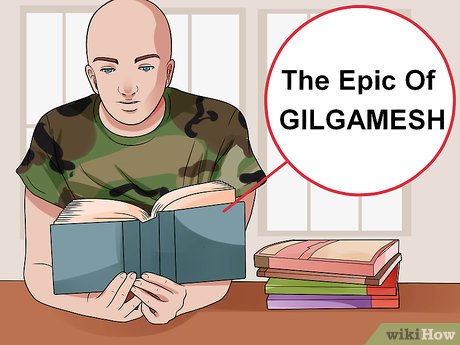
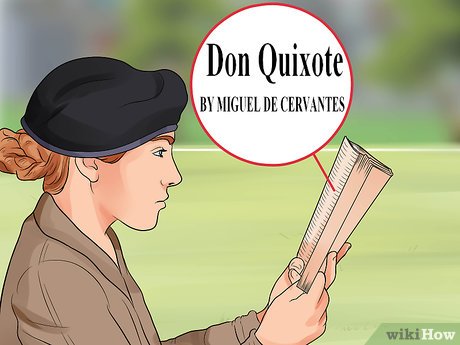
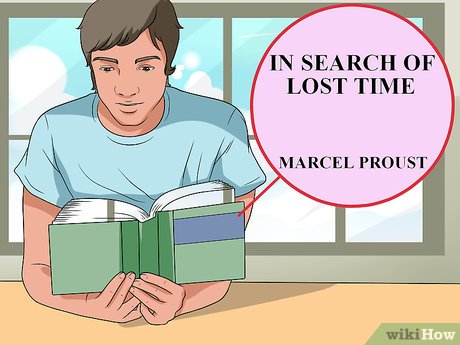
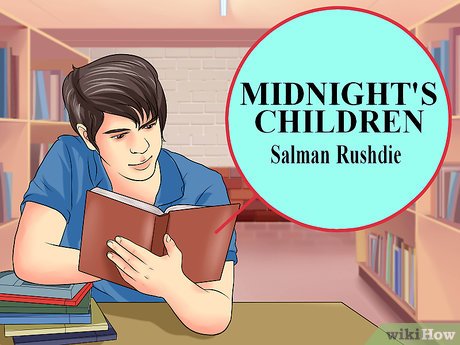
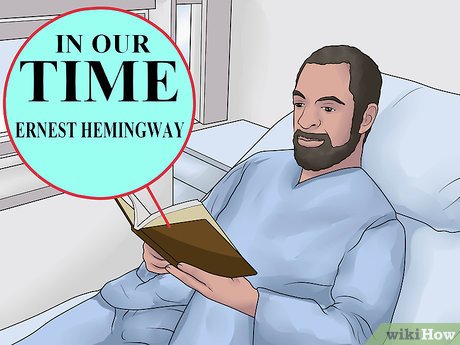
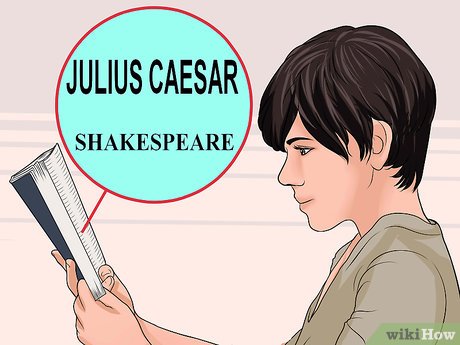
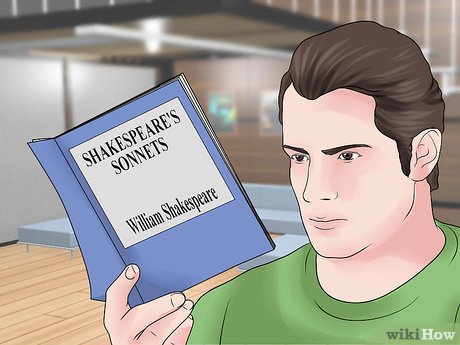
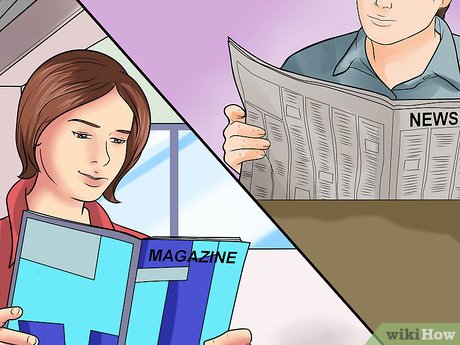
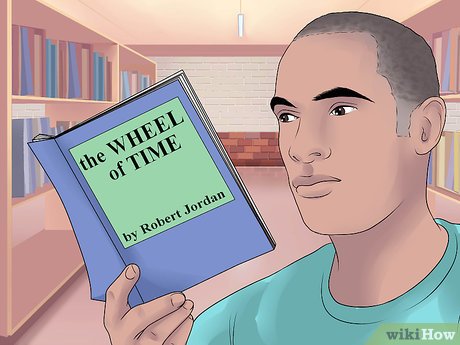
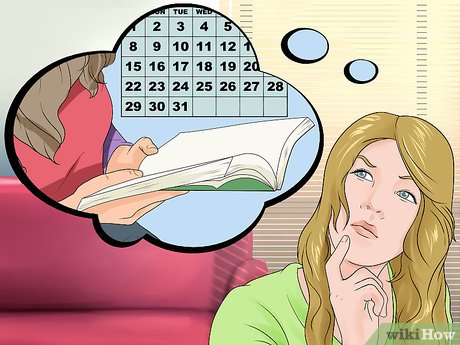
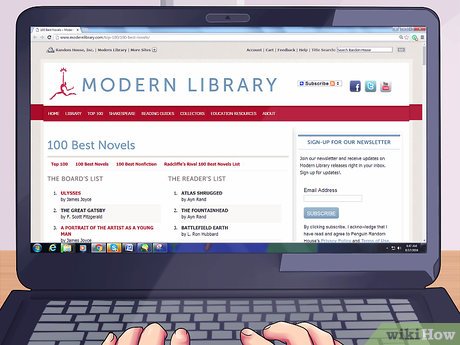
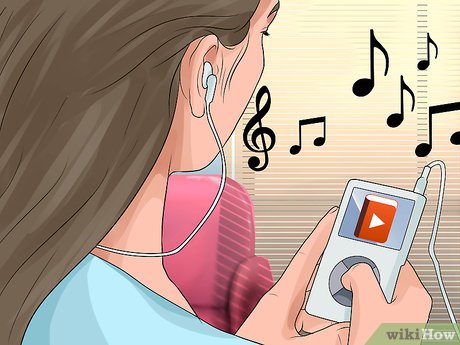
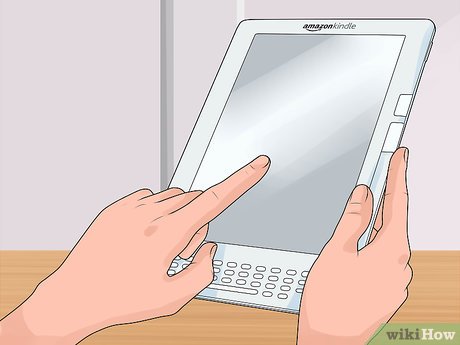
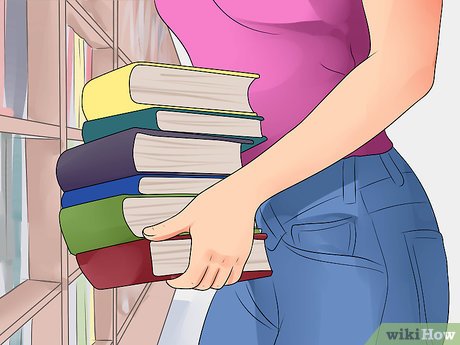
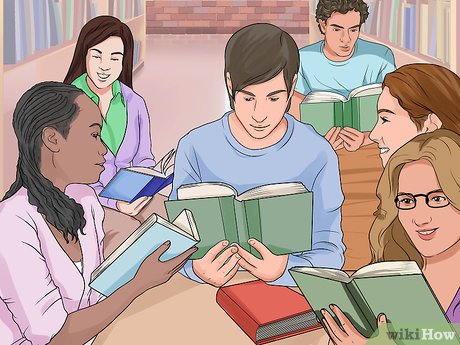
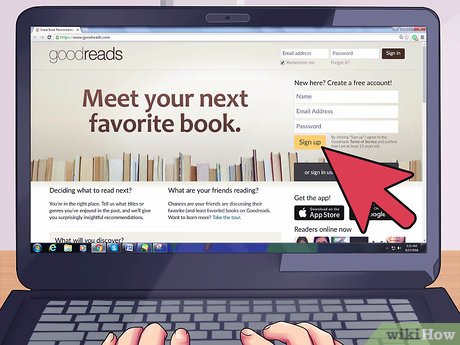

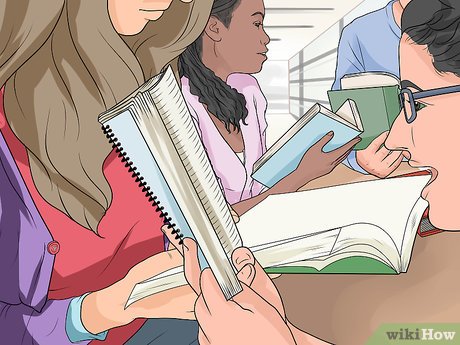
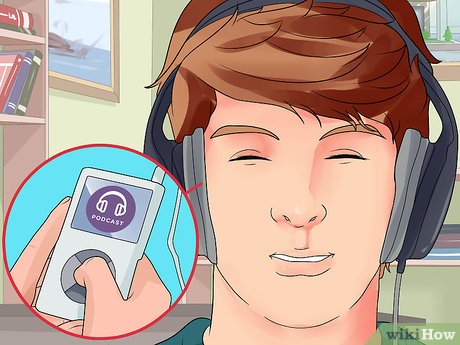










 Google honors Vietnamese bread
Google honors Vietnamese bread Security risks when working remotely during the coronavirus outbreak
Security risks when working remotely during the coronavirus outbreak Apple loses company title 'trillion dollars'
Apple loses company title 'trillion dollars' Formula 1 racing was delayed because of COVID-19
Formula 1 racing was delayed because of COVID-19 This technology will turn your videos into 3D animation in one note without spending money on iPhone to use Animoji
This technology will turn your videos into 3D animation in one note without spending money on iPhone to use Animoji Razer makes masks to donate the epidemic area
Razer makes masks to donate the epidemic area